SilverStone Strider Platinum ST85F-PT PSU Review
SilverStone's Strider Platinum series offers compact dimensions along with Platinum efficiency and a fully modular cable design. The 850W member of this line will be evaluated today. Its strong card against the competition is the 471W power density score.
Why you can trust Tom's Hardware
Transient Response Tests
Advanced Transient Response Tests
For details on our transient response testing, please click here.
Ιn these tests, we monitor the ST85F-PT's response in two different scenarios. First, a transient load (10 A at +12V, 5 A at 5V, 5 A at 3.3V and 0.5 A at 5VSB) is applied for 200 ms while the PSU works at 20 percent load. In the second scenario, the PSU is hit by the same transient load while operating at 50 percent load. In both tests, we use our oscilloscope to measure the voltage drops caused by the transient load. The voltages should remain within the ATX specification's regulation limits.
These tests are crucial because they simulate the transient loads a PSU is likely to handle (such as booting a RAID array or an instant 100 percent load of CPU/GPUs). We call these tests "Advanced Transient Response Tests," and they are designed to be very tough to master, especially for a PSU with a capacity of less than 500 W.
Advanced Transient Response at 20 Percent
| Voltage | Before | After | Change | Pass/Fail |
|---|---|---|---|---|
| 12V | 12.236V | 12.115V | 0.99% | Pass |
| 5V | 5.082V | 4.989V | 1.83% | Pass |
| 3.3V | 3.351V | 3.210V | 4.21% | Pass |
| 5VSB | 5.057V | 5.004V | 1.05% | Pass |
Advanced Transient Response at 50 Percent
| Voltage | Before | After | Change | Pass/Fail |
|---|---|---|---|---|
| 12V | 12.183V | 12.062V | 0.99% | Pass |
| 5V | 5.053V | 4.952V | 2.00% | Pass |
| 3.3V | 3.323V | 3.190V | 4.00% | Pass |
| 5VSB | 5.018V | 4.974V | 0.88% | Pass |

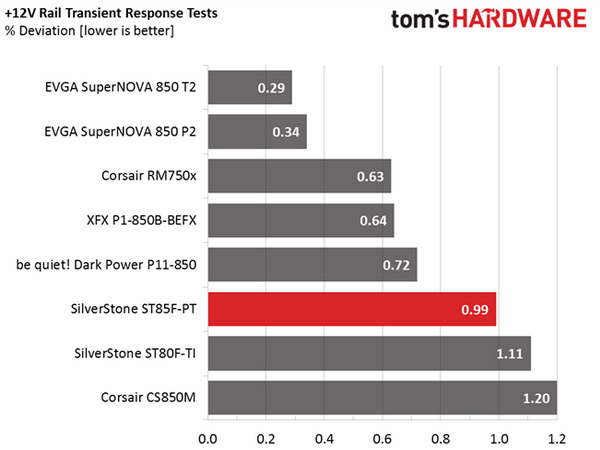

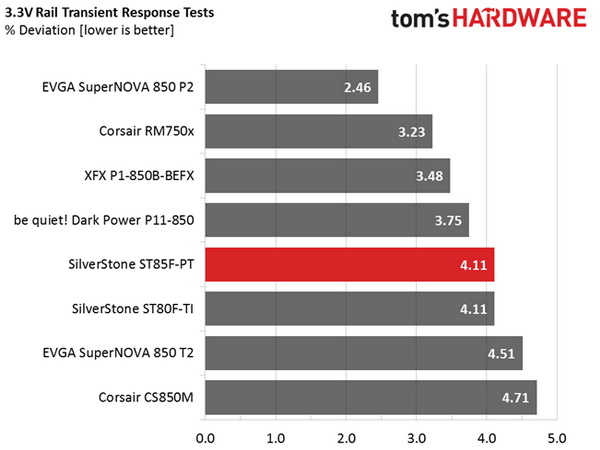
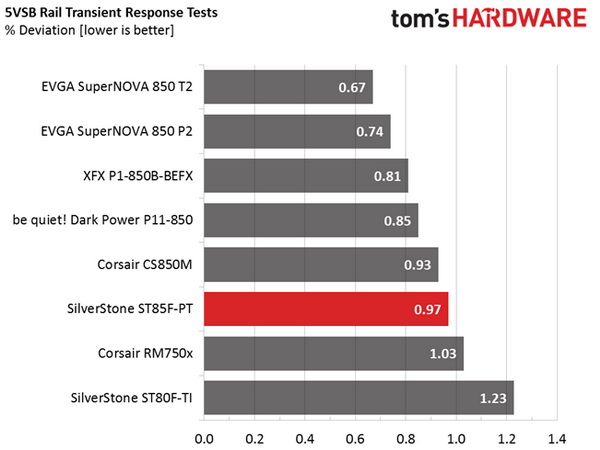
The +12V rail stays within 1 percent in both tests. This is a decent result, though we'd be more satisfied by deviations closer to 0.6 percent.
The 5V and the 5VSB rails demonstrate low voltage drops, while the 3.3V rail doesn't do as well (it's in the 4 percent region). This specific rail usually registers the worst performance in our tests, mostly because of its low initial voltage. Even a moderate drop imposes significant deviations. Just to illustrate, a 0.1 V voltage drop translates to 0.83 percent at +12V, 2 percent at 5V, and 3 percent at 3.3V.
Here are the oscilloscope screenshots we took during Advanced Transient Response Testing:
Transient Response At 20 Percent Load

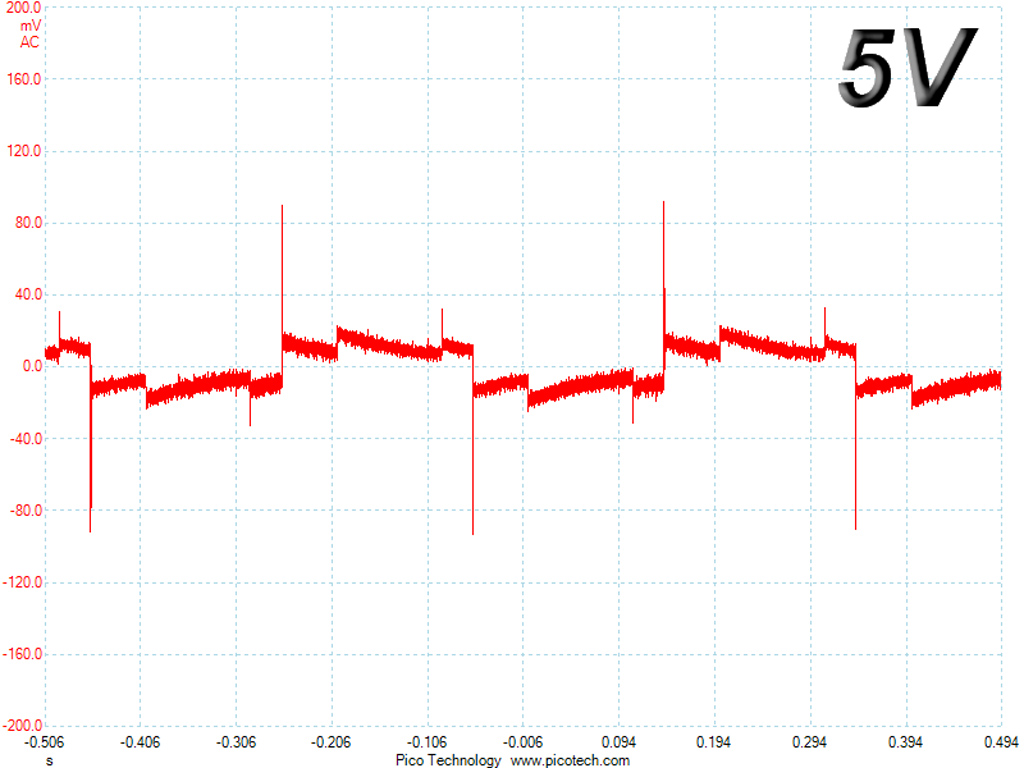
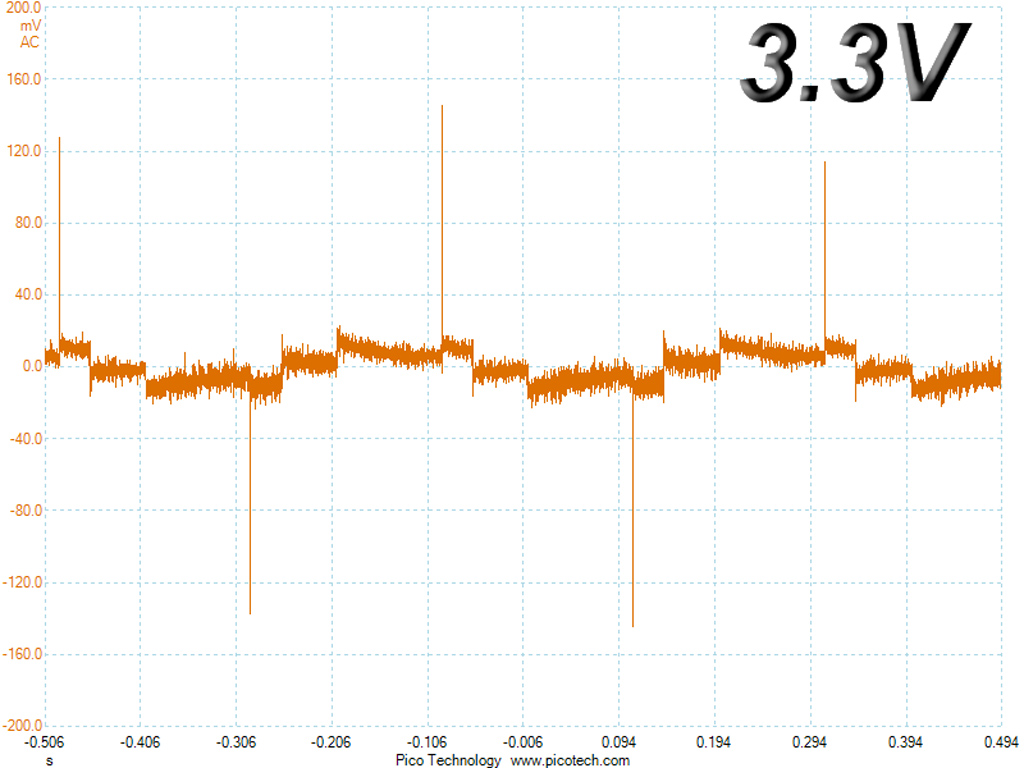

Transient Response At 50 Percent Load
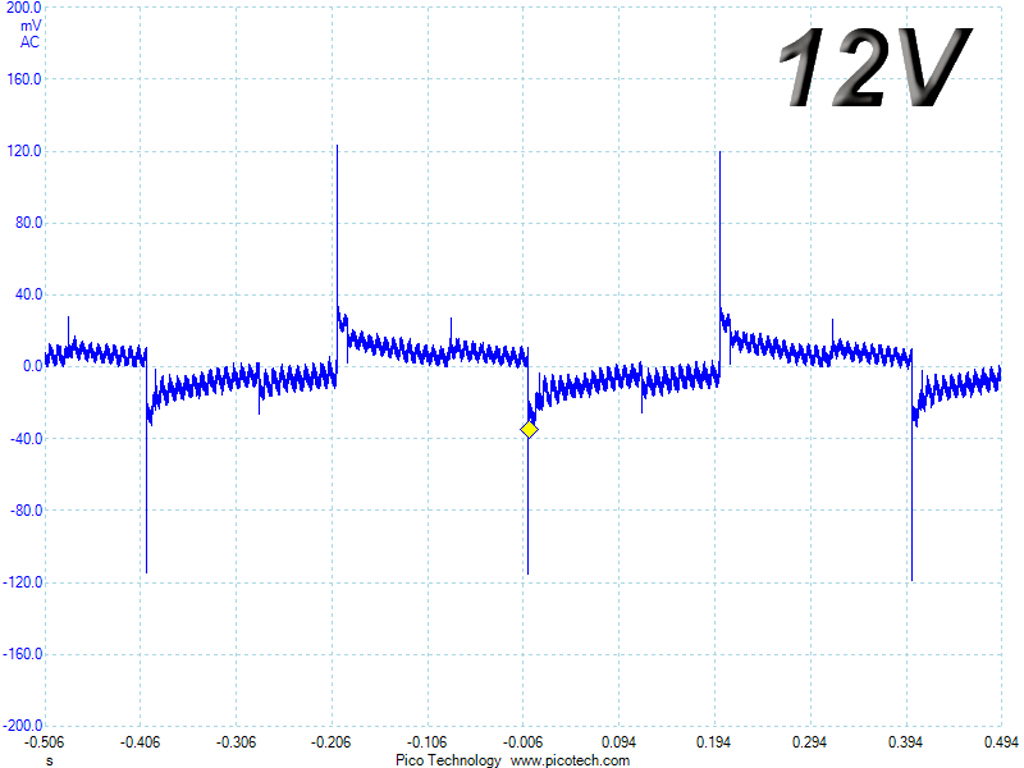

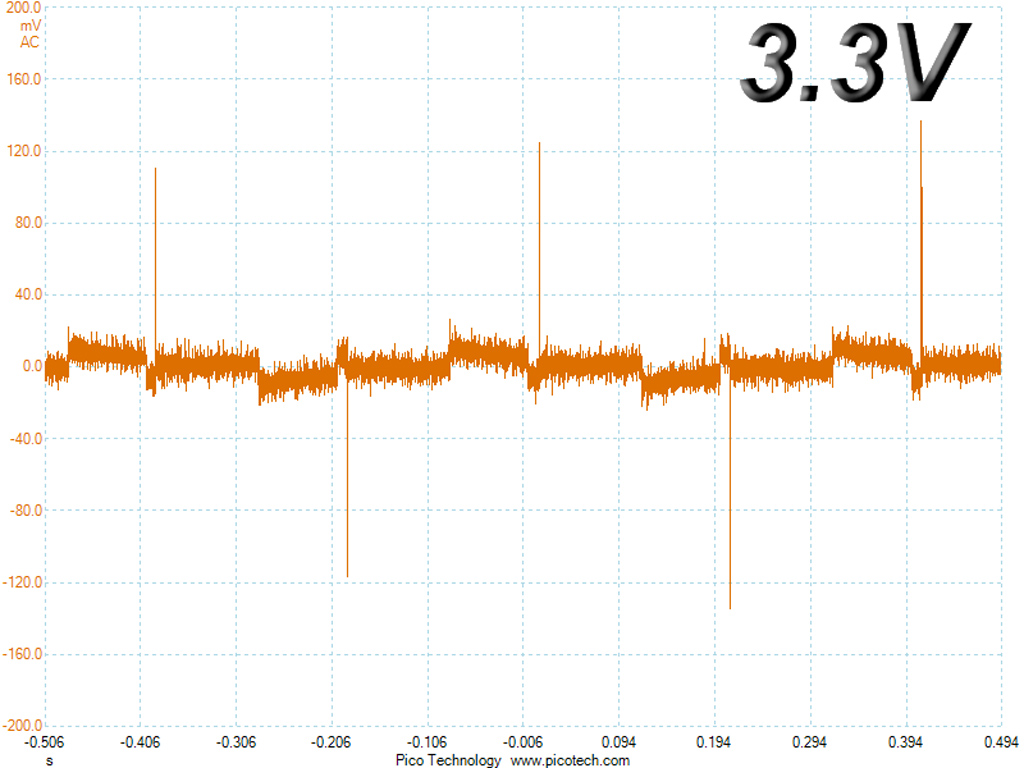
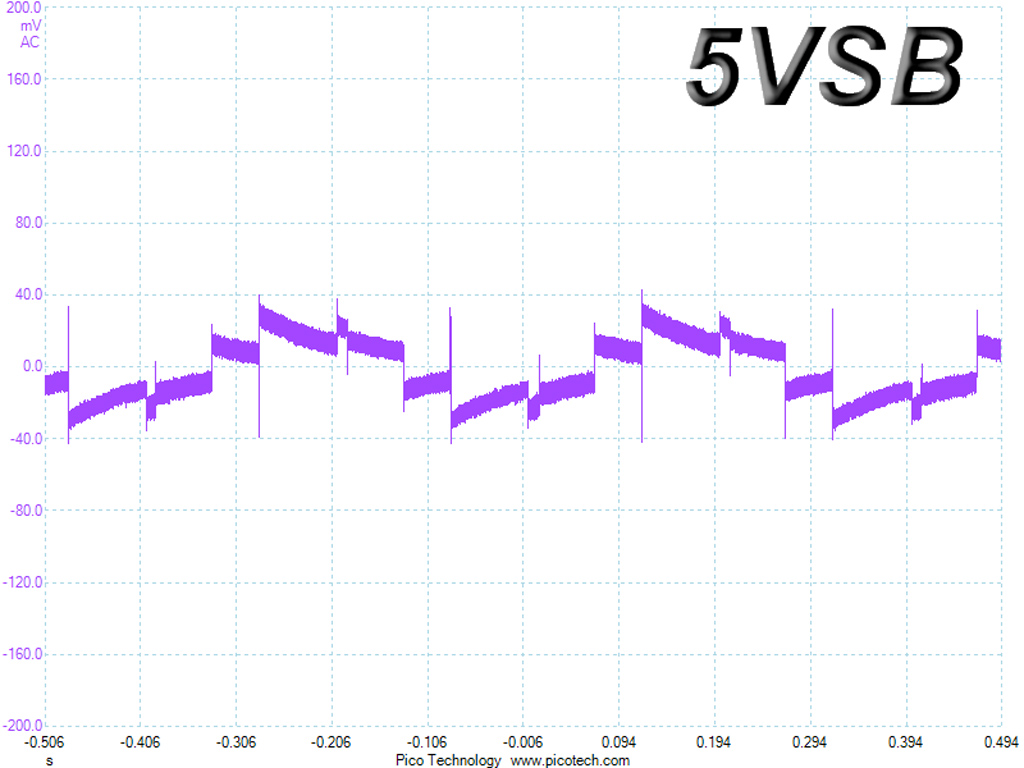
Turn-On Transient Tests
In the next set of tests, we measure the response of the PSU in simpler transient load scenarios—during the PSU's power-on phase.
Get Tom's Hardware's best news and in-depth reviews, straight to your inbox.
For the first measurement, we turn off the ST85F-PT, dial in the maximum current the 5VSB can output, and switch the PSU on. In the second test, we dial the +12V rail's maximum load and start the PSU while it's in standby mode. In the last test, while the PSU is completely switched off (we cut off the power or switch the PSU off by flipping its switch), we dial the maximum load the +12V rail can handle before switching the ST85F-PT on from the loader and restoring power. The ATX specification states that recorded spikes on all rails should not exceed 10 percent of their nominal values (+10 percent for 12 V is 13.2 V, and 5.5 V for 5 V).
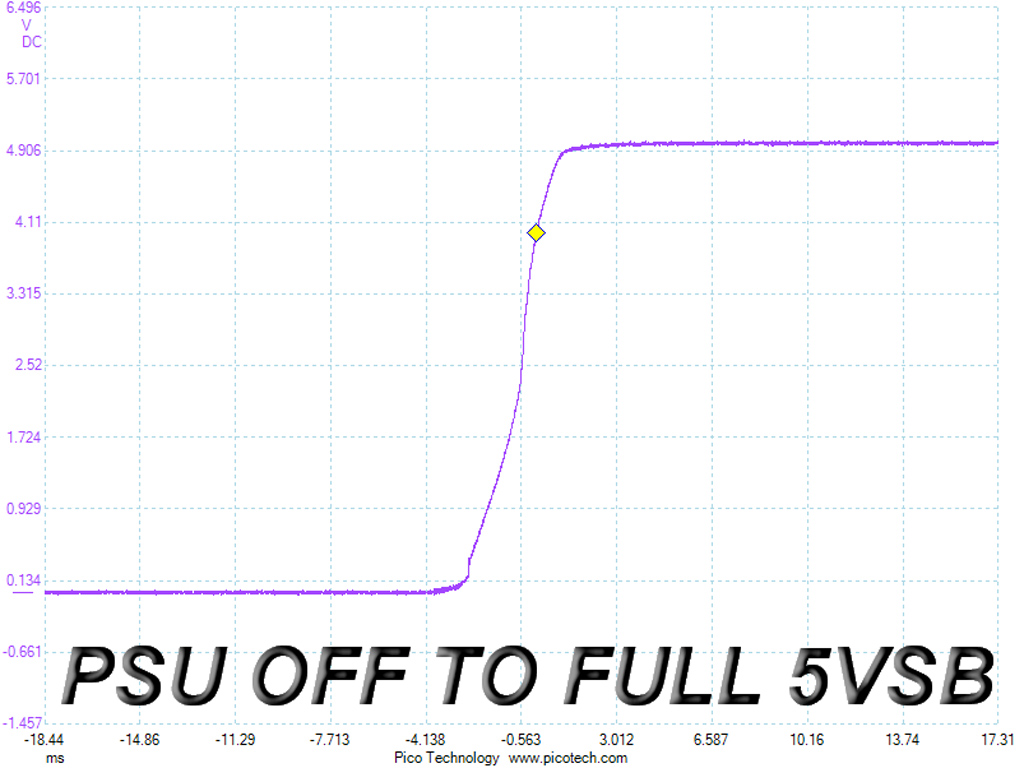
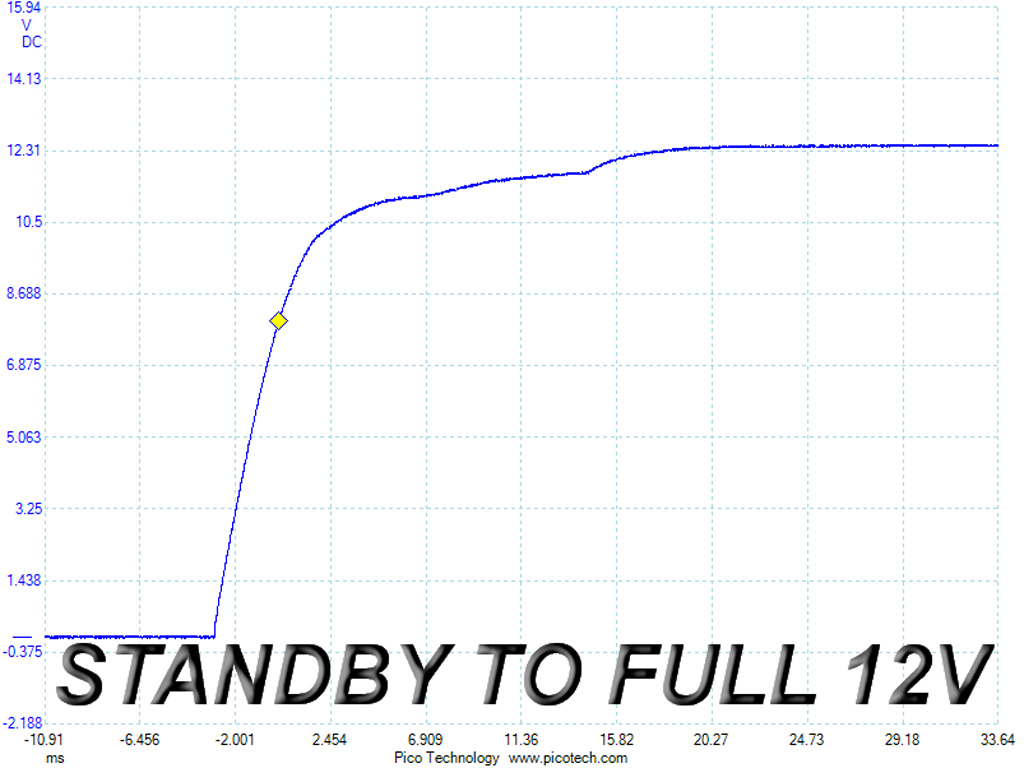
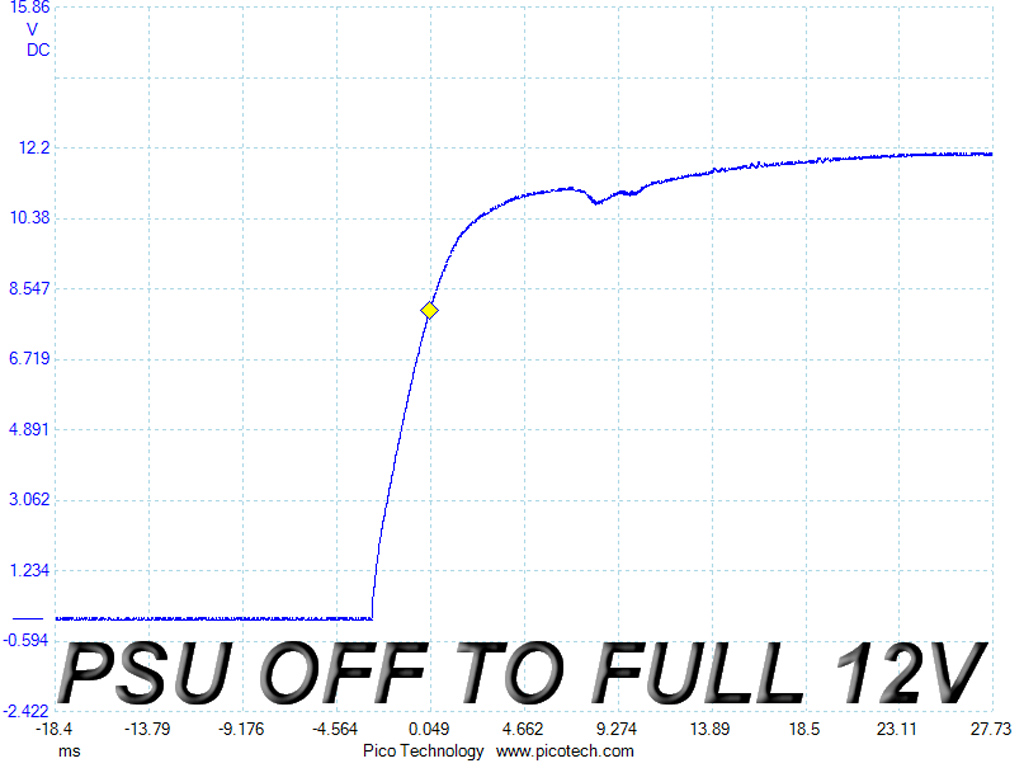

The 5VSB slope is perfect. The +12V slope isn't as pretty, but it doesn't exhibit any spikes or voltage overshoots either.
Current page: Transient Response Tests
Prev Page Cross-Load Tests And Infrared Images Next Page Ripple Measurements
Aris Mpitziopoulos is a contributing editor at Tom's Hardware, covering PSUs.
-
panathas I don't understand, first you said: "On the other hand, it doesn't have an issue with inaccurate power-good signals that last longer than the corresponding hold-up time" and your last words were: "It is a great shame though that it is affected by the inaccurate power good signal disease". Which one is true? Also in the CONS section you only mentioned the Hold-up time and not the power good signal.Reply -
turkey3_scratch Reply18699506 said:I don't understand, first you said: "On the other hand, it doesn't have an issue with inaccurate power-good signals that last longer than the corresponding hold-up time" and your last words were: "It is a great shame though that it is affected by the inaccurate power good signal disease". Which one is true? Also in the CONS section you only mentioned the Hold-up time and not the power good signal.
First one must have been an mistake since it does drop the PWR_OK after the voltages are already out of spec. -
Aris_Mp Yes something was way out in this phrase. It is fixed now.Reply
This PSU is affected by a fake power good signal, which usually is the case in Sirfa's platform.
In the cons section. Sometimes I don't mention the fake power good signal, when the hold-up time is already too low. But I will make sure that I do from now on. -
Virtual_Singularity ty for the review. So, I know it's kind of not really adequate for comparison considering the watt difference. But, looking at the performance of that last Lian Li sfx reviewed, and this thing, still must say that LL didn't do so badly, though they could really help things if they extended that warranty by at least a year or more.Reply -
Co BIY I think the exterior photos need something for scale. Full-size black boxes and tiny high efficiency black boxes look the same size on a screen without something for scale.Reply
No comment on vacant modular socket plugs. First time I've seen that. Also the copper bars aren't a feature I've seen commented on before.